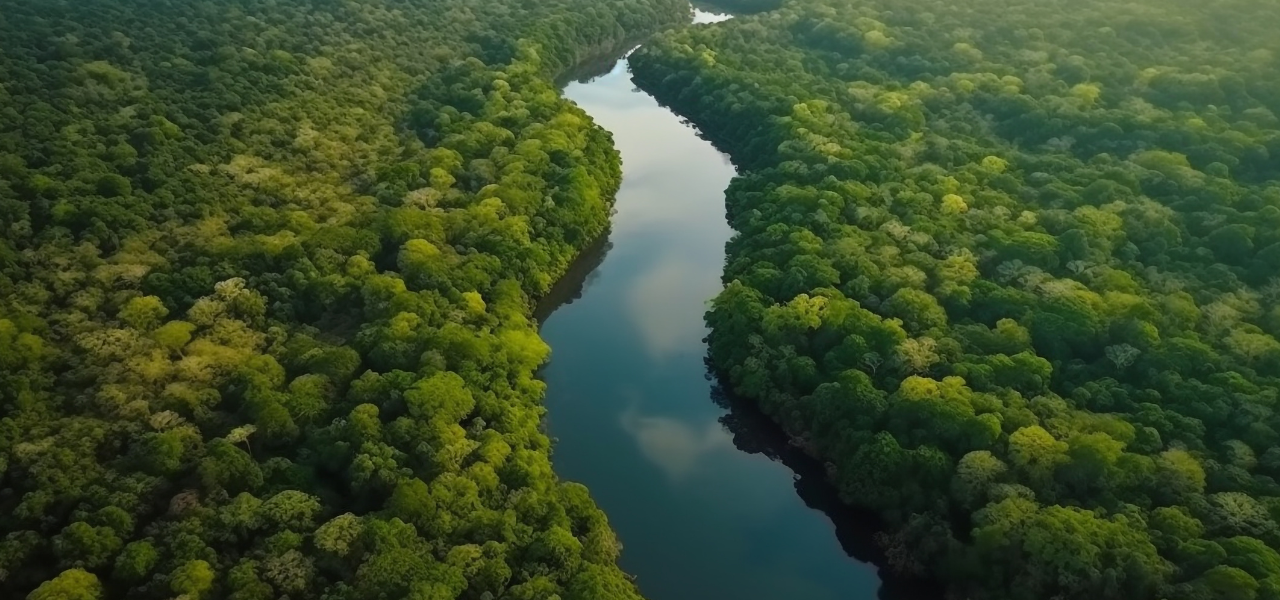By: Alexis Leroy
When countries signed the Paris Agreement in 2015, they did so with the promise to reduce their emissions and protect the planet from climate collapse. But not all did so with the same urgency. Today, a decade after that signing, only a minority have met the deadline to update their Nationally Determined Contributions (NDCs) by 2035. And as the world tries to avoid environmental disaster, a new geopolitical storm threatens to change the rules of the game: the return of U.S.-led protectionism.
The Trump administration’s trade policy-renewed with force-reignited the tariff war with China, triggering a dynamic that is being felt throughout the global economy. Supply chains are again strained, trade is fragmented, and countries in the global south, like many in Latin America, are caught in the middle of the conflict between powers. The solution? Not in going back to the past, but in anticipating the future. In that future, NDCs are not just climate commitments: they are economic, industrial, and strategic policy tools.
The new economic chessboard: less globalization, more green competition
Instead of an integrated global economy, the world is sliding towards more closed economic blocs, which privilege domestic production, industrial subsidies, and border controls. Europe applies carbon adjustments. The United States invests massively in its clean industry. China is strengthening its self-sufficiency. In this context, Latin America needs more than free trade agreements: it needs its own modern, competitive development model.
NDCs, if used wisely, can become such a model. By directing public and private investments toward sustainable sectors – renewable energy, electric mobility, regenerative agriculture, and resilient infrastructure – they open up opportunities to create jobs, improve services, and reduce vulnerabilities. In the long term, it is a bet on an economy less exposed to the vagaries of global trade and better able to compete in markets that demand sustainability.
Latin America: potential without strategy
The region has one of the cleanest energy matrixes in the world, strategic natural resources such as lithium, copper, or the sun, and youth eager for change. However, it continues to export raw materials without added value, depending on oil, and with fragile fiscal systems. The NDCs could be the bridge between green development and social justice, but for that to happen they must stop being isolated technical documents and become State policies with political backing, robust financing, and a long-term vision.
Chile advances in green hydrogen. Brazil experiments with bioeconomy in the Amazon. Colombia proposes a just energy transition. These are promising signs. But the rest of the continent needs more ambition, more coherence, and, above all, more action.
Carbon markets: financing or mirage?
One of the most powerful – and controversial – tools for implementing NDCs is the carbon market. Well designed, it can mobilize billions for mitigation and adaptation projects. Poorly regulated, it can become a new form of disguised extractivism. The key is integrity, transparency, and a territorial approach. Latin America cannot afford to repeat the mistakes of the past.
Here, Article 6 of the Paris Agreement offers a way forward: international transfers of verified emissions, under bilateral frameworks, which allow one country to finance climate actions in another and count them towards its own NDC. If respect for human rights, prior consultation, and equitable benefit sharing are ensured, this tool can transform entire territories.
A regional strategy for an uncertain world
Faced with a global scenario where multilateralism is receding, Latin America needs to act with collective intelligence. It is not enough for each country to update its NDC in isolation. The region must build a common vision that advocates access to climate finance, promotes regional green value chains, and positions its products as sustainable in demanding markets.
Can Latin America become a climate leader in the global south? Yes, but not by inertia. It will be by political decision. By strategic vision. By using the NDCs for what they are: a tool for transformation, not a bureaucratic box.
What is at stake
The new trade rules are no longer based on efficiency or cost alone. They are based on carbon. Emissions-intensive products will pay tariffs. Investments will go where there is climate certainty. Consumers will demand traceability and sustainability. In this world, countries that do not update their NDCs ambitiously and consistently will be left behind, and Latin America cannot afford to be left behind again.






